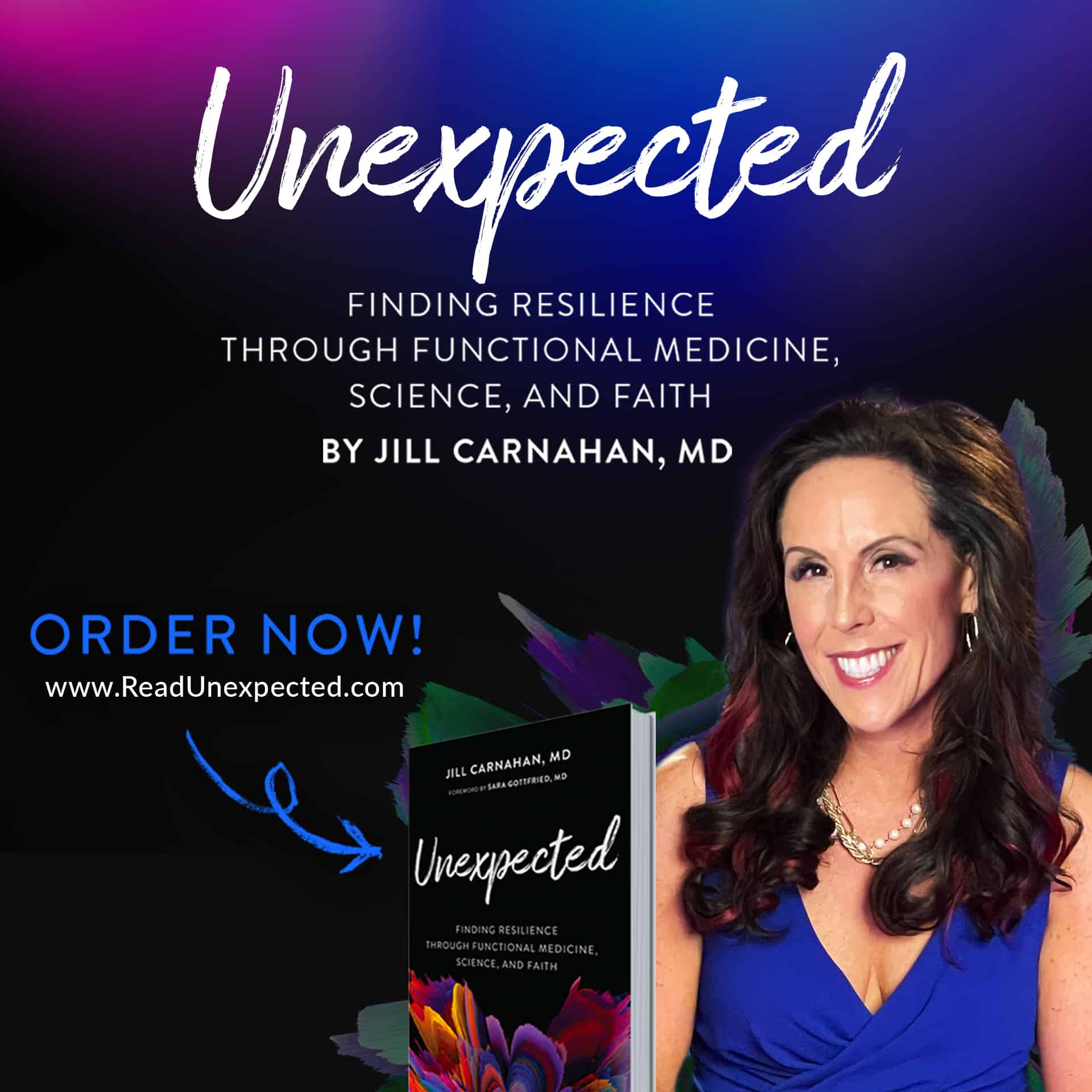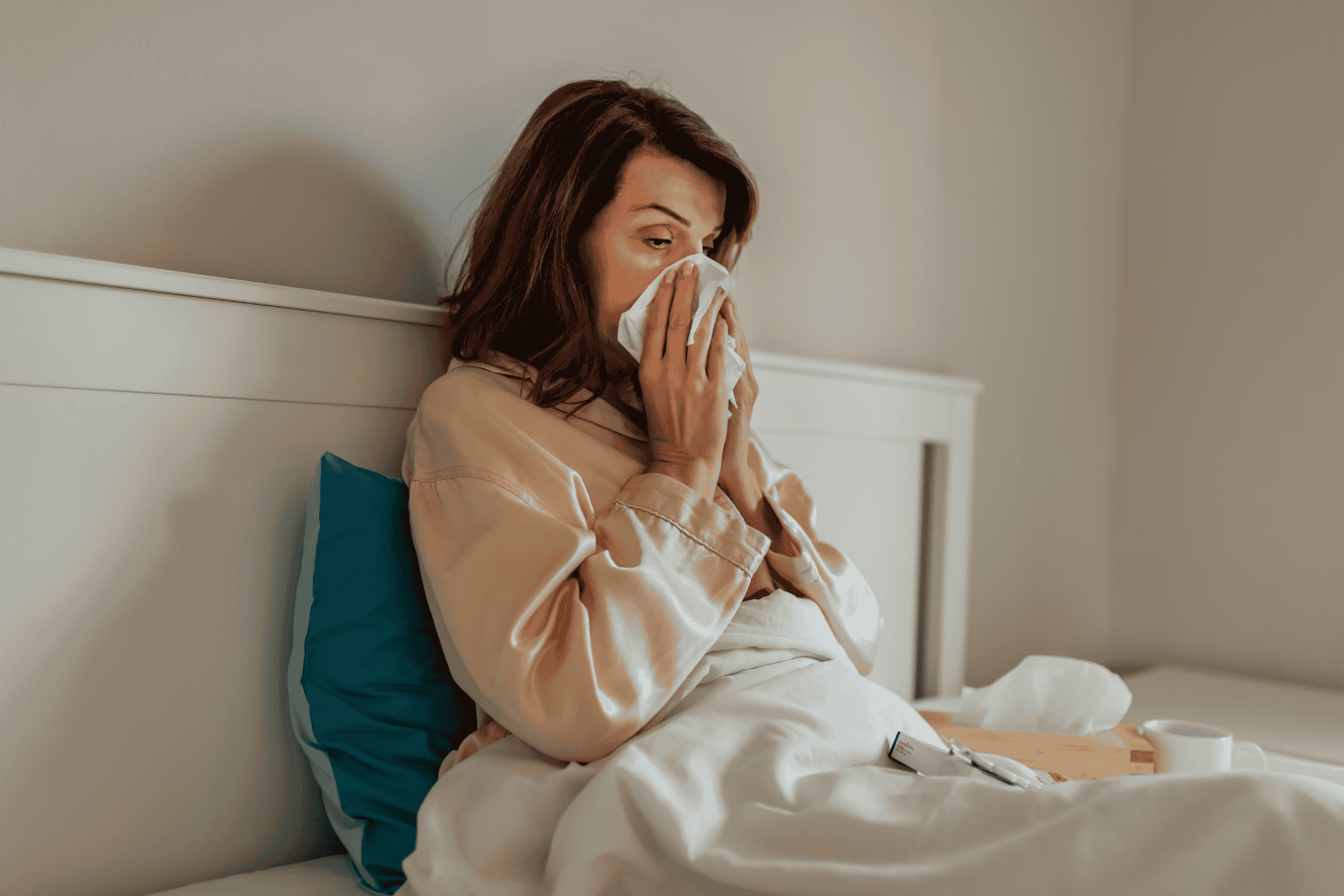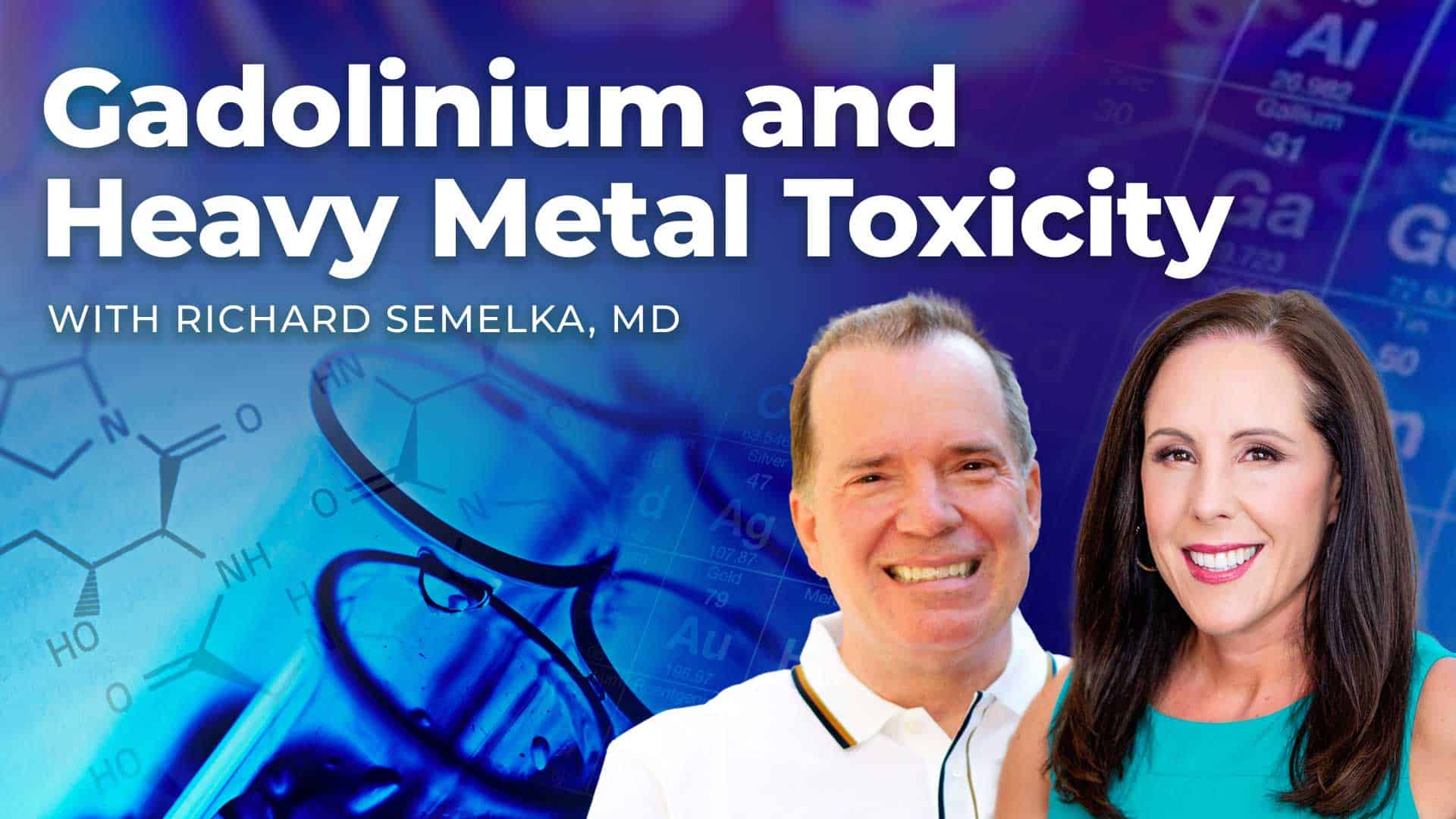Here’s a simple and healthful Sautéed Garlicky Greens recipe for you to enjoy. Originally posted on Andrea Beaman.
Most folks know that leafy green vegetables can highly benefit the heart and vascular system. They are filled with vitamins and anti-inflammatory antioxidants including vitamin A, C and K. Plus they are rich in fiber that binds with waste and help it pass through your digestive system in a timely manner.
And garlic, of course, has been used for centuries to help thin the blood, support the heart, and reduce plaque build up in the arteries.
But, if you sauté those greens and garlic in oil on a high heat, it can reduce their beneficial effect and contribute to inflammation leading to heart disease. Cooking oils on a high heat for long periods of time oxidizes the oil rendering it unhealthful.
It’s imperative to keep in mind that it’s not just what you eat that’s important, it’s how you cook it.
For example, if you water sauté those greens to break down their cellulose fiber making them more digestible, and then add the olive oil at the end of cooking for a light sauté and seasoning, this helps to retain the oil’s integrity.
Plus adding the garlic at the end of cooking rather than at the beginning, provides more of the sulphur compounds that improve blood flow to the heart.

Sautéed Garlicky Greens
Ingredients
- 1/4 cup Water
- 1 bunch greens (kale, collards, bok choy, spinach) chopped into bite-sized pieces
- 2-3 cloves Garlic peeled and minced
- 1 tbsp Olive Oil
- Sea Salt
Instructions
- On a high heat, add water to a large frying pan. Drop your greens into the bubbling water and sauté, covered, 2-3 minutes. If using spinach or bok choy use less water (2 tablespoons).
- Remove the cover, and drizzle greens with olive oil. Add garlic and a couple of pinches of sea salt.
- Toss a couple of times in the pan. Cook an additional 1-2 minutes or until all the water evaporates.
* These statements have not been evaluated by the Food and Drug Administration. The product mentioned in this article are not intended to diagnose, treat, cure, or prevent any disease. The information in this article is not intended to replace any recommendations or relationship with your physician. Please review references sited at end of article for scientific support of any claims made.



















Share: